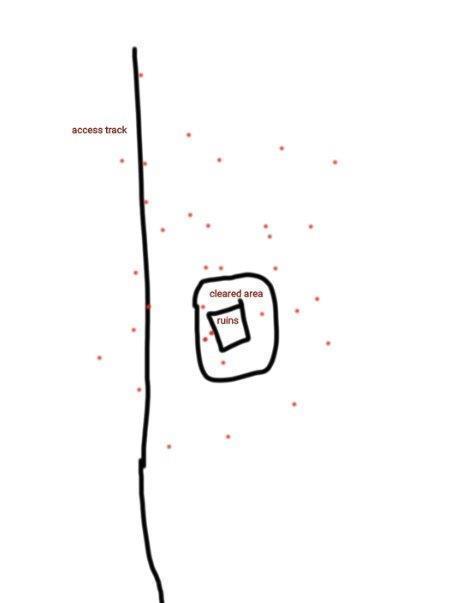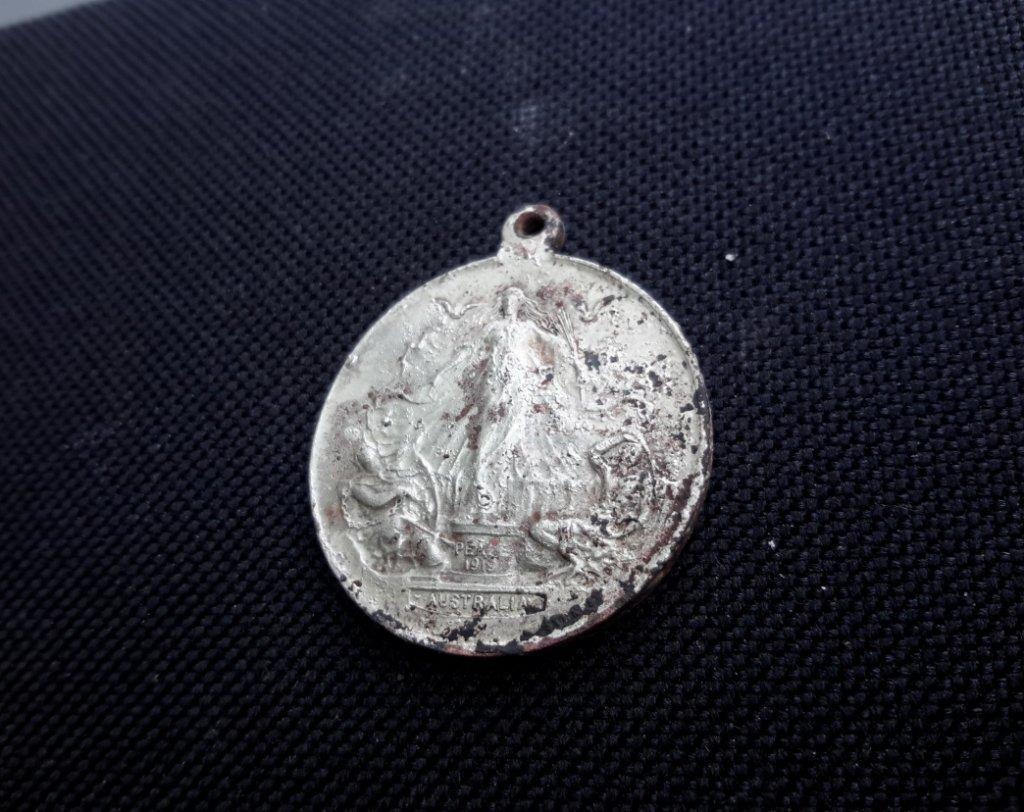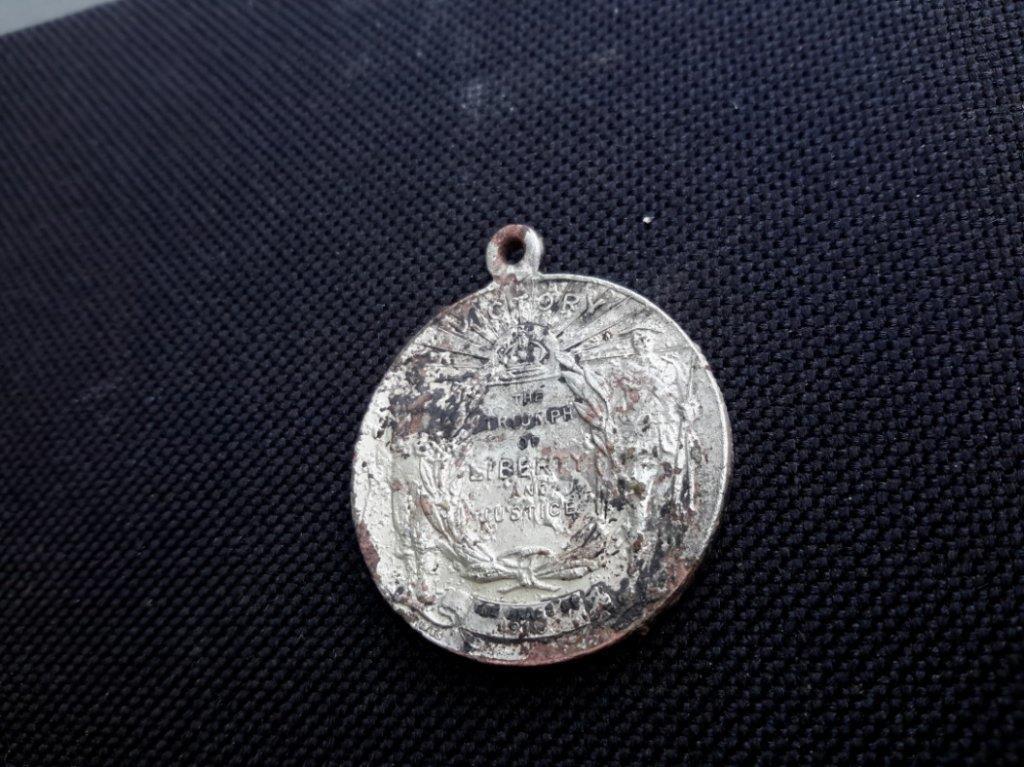Sandta said:
Wow ?
Thats a heck of a lot of targets for a 'well done over' site
They must have been using a paper plate nailed to a stick :lol:
Problem with these types of well frequented sites, you either need a very fast recovering detector, or the use of a very small coil (or the combination of both) to pick up on many of the left over targets. There is a good reason why many of them are left in the ground, and that is because they simply cannot detect them on some detectors.
From previous experience, I know my Explorer/Etrac would have simply nulled out over all the small bits of rusted iron lying in the soil, masking anything of worth, even with an open screen, hence why I purchased the Deus in the first place. Despite that, even with the Deus you still have slow your swing speed right down to a crawl to pick out individual non-ferrous targets from the many low grunts of iron, and the high tone falsing of the larger pieces of iron sheet metal. Keep in mind that this is will an 11" coil, so you could imagine the combo of the 9" coil and fast recovery speeds would unlock even more.
One hole provided three part rusty nails overlying a button in the same hole, that was a mixed tone iron/mid tone that I thought was worth investigating that proved to be on the money.
The often neglected area of these sites is the open ground adjacent to the dwelling, rather than concentrating on the ground around the actual house site. The surrounding ground has been ripped, hence many good items have been dragged a good 50-100m away from the house site. It is these area that I tend to concentrate on, and has proven in the past to be very fruitful.
Another factor is time. Some people are put off detecting a site if nothing good appears in the first 30 minutes, or if at first they are confronted with too many junk signals. You have to spend at least a couple of hours surveying the whole area surrounding the house site to survey the extent of targets. That will give you a good picture on where to spend most of you time, and to minimise time wastage. As an example, the finds pictured above were from an area probably 100x100m, whereas the house site is maybe 20x20m, so you can see the amount of ground covered and the time taken to do so is quite significant, and the finds were not easily come by, nor in a concentrated area. I could easily go ever the same area another 10 times and still manage to dig some good targets, as you never get it all on the first, netherlone on subsequent visits.
Even detecting 100m down the access track to the site revealed a few buttons and a nice buckle, so it pays to explore all areas.
Unfortunately many detectorists visit these types of sites tend cherry pick only coin targets, and consider anything else as "junk", the types of items that really divulge information on the history of the site, and on the types of people that use to occupy them. If you neglect to dig common shotgun cartridges or lead targets, you will also be overlooking items such as buttons and old jewllery pieces (and possibly gold items).
It was evident that there were many holes left by previous detectorists, some of which left buttons, old copper jewllery pieces etc still sitting in or near the holes, maybe they lacked a pinpointer, or simply weren't interested in them.
I'ved attached a pretty crappy drawing to give you the idea of the spread of targets, with the red dots indicating finds.

 :Y:
:Y:
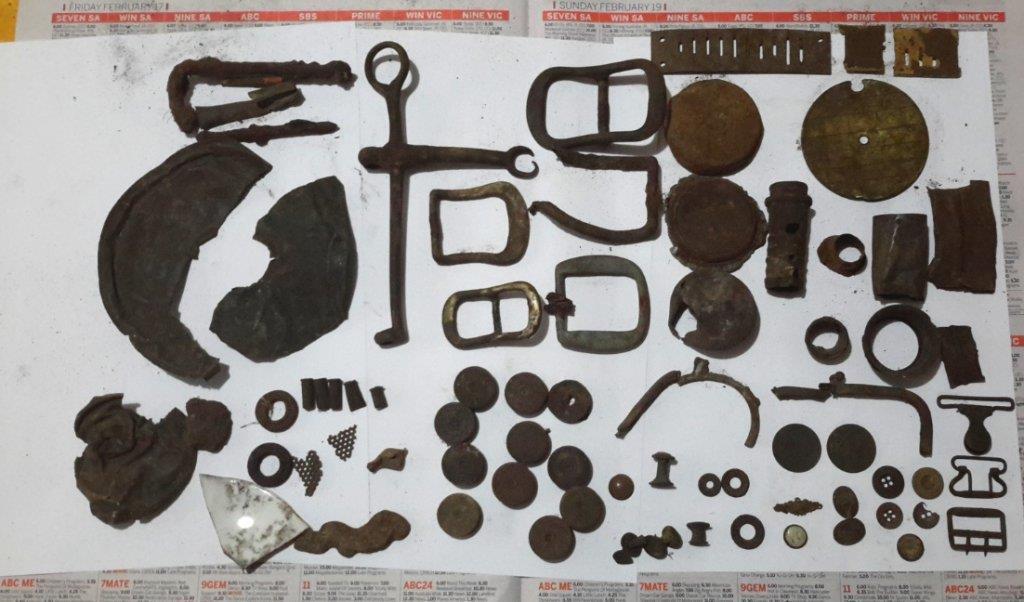
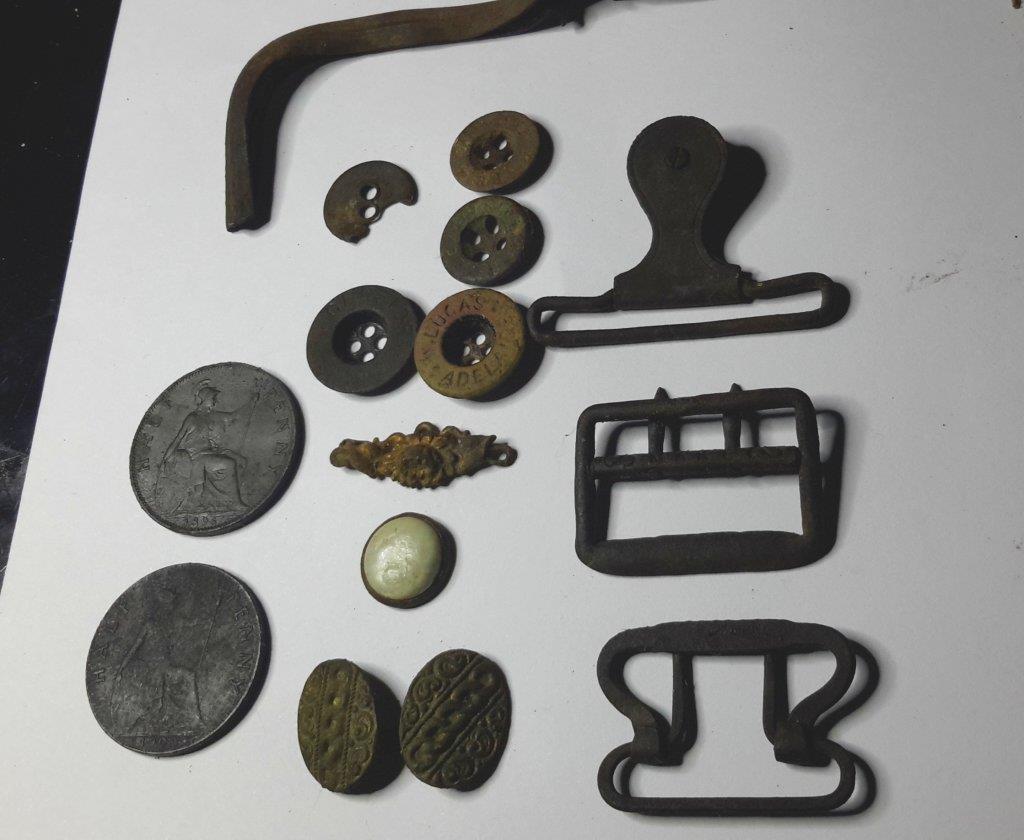
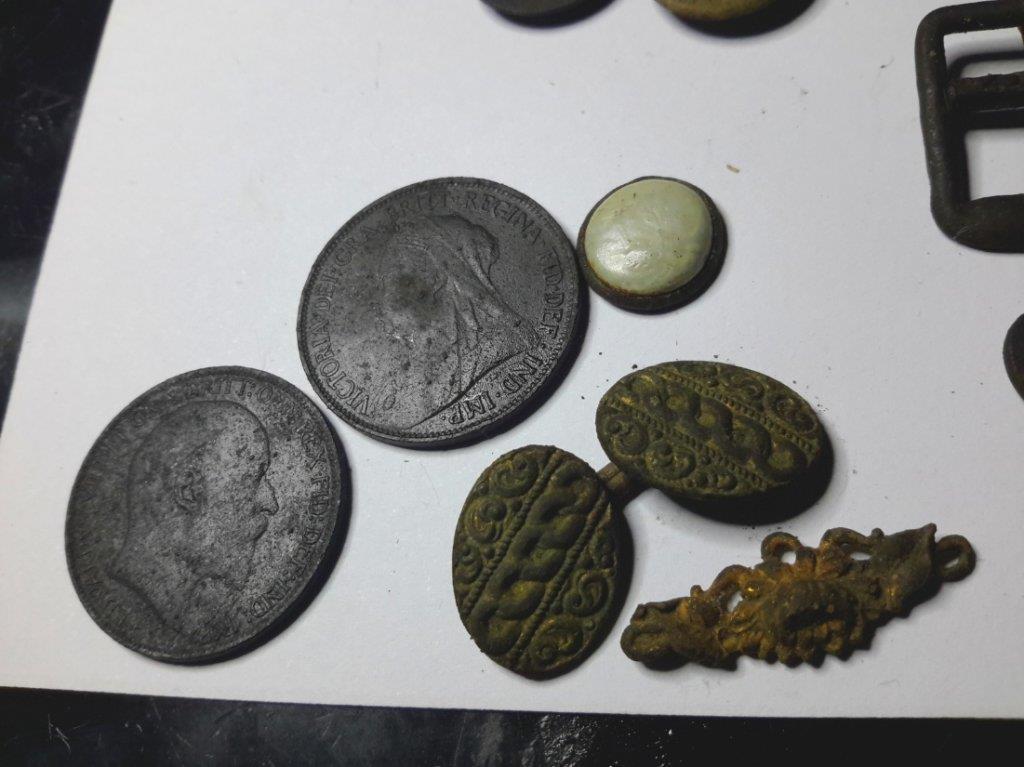
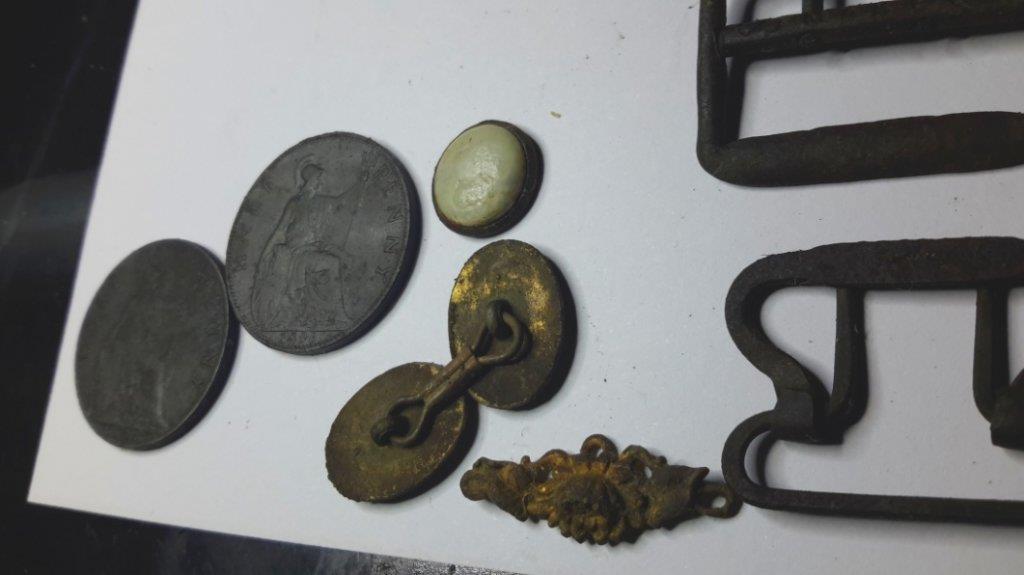
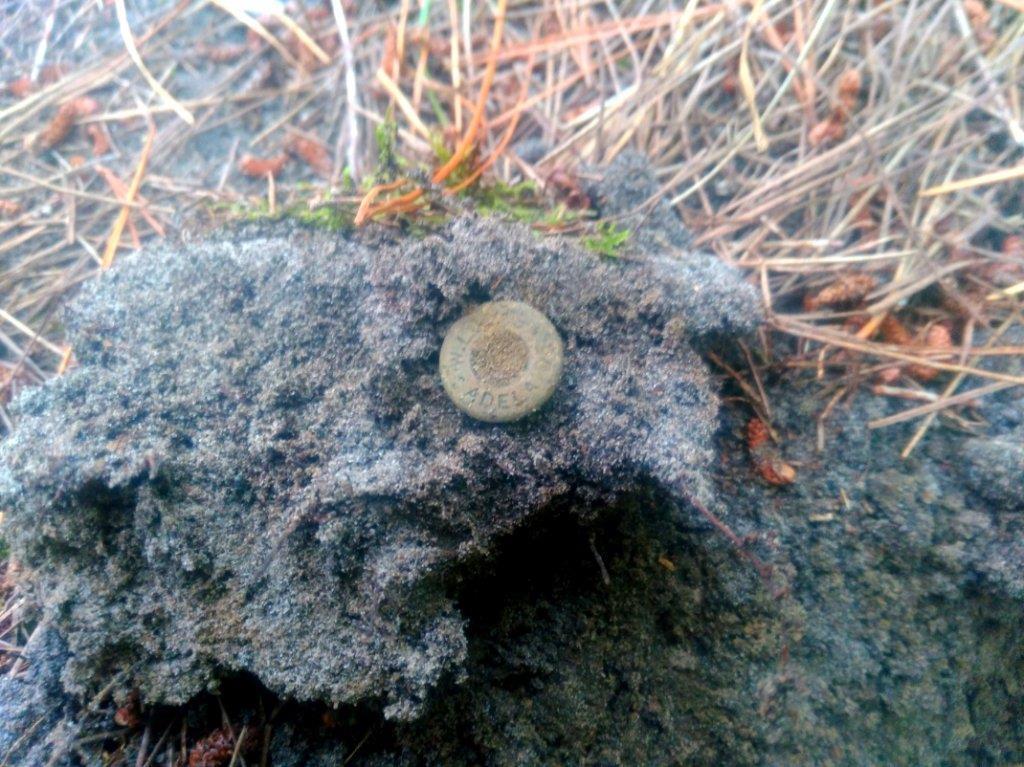
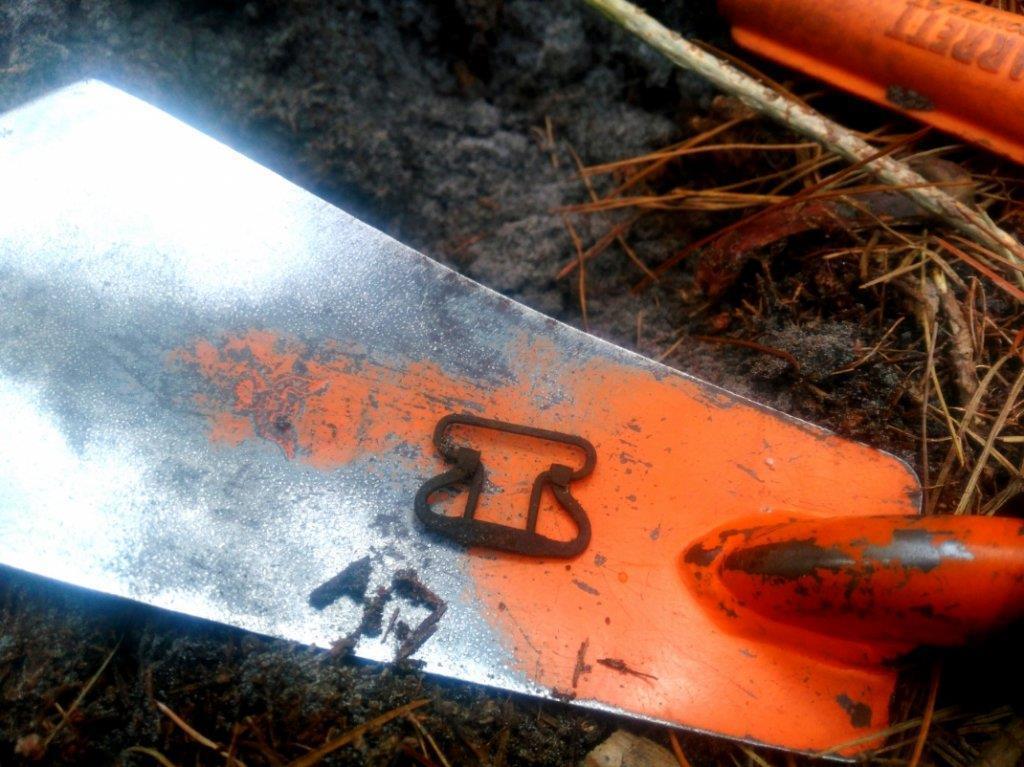
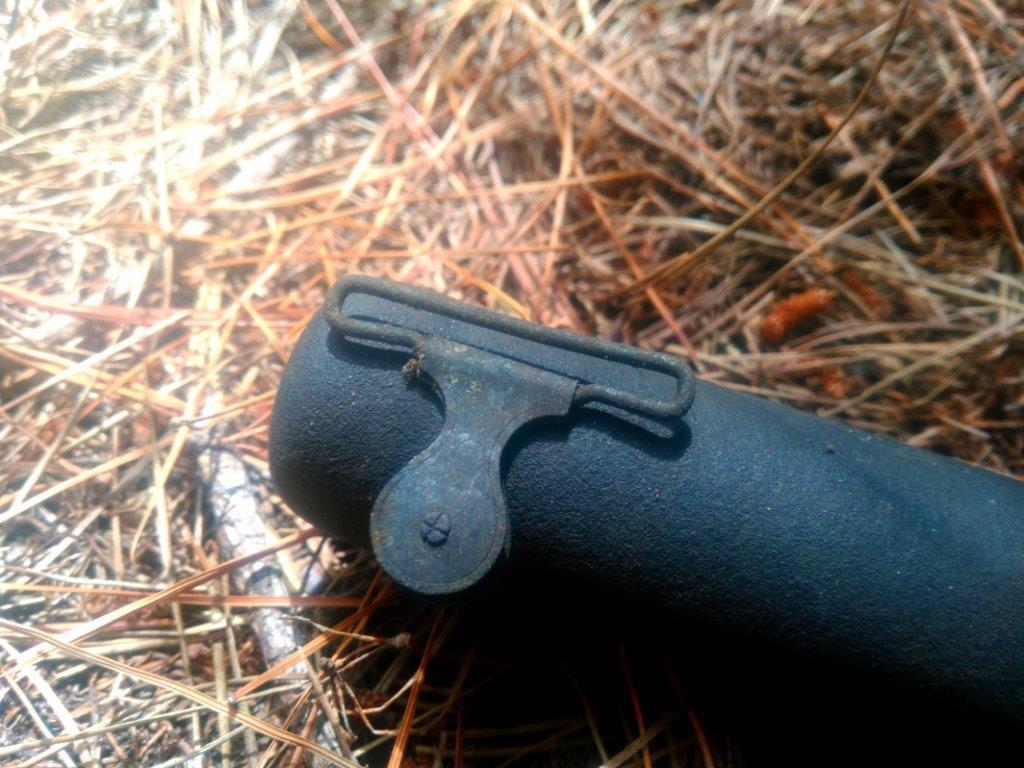
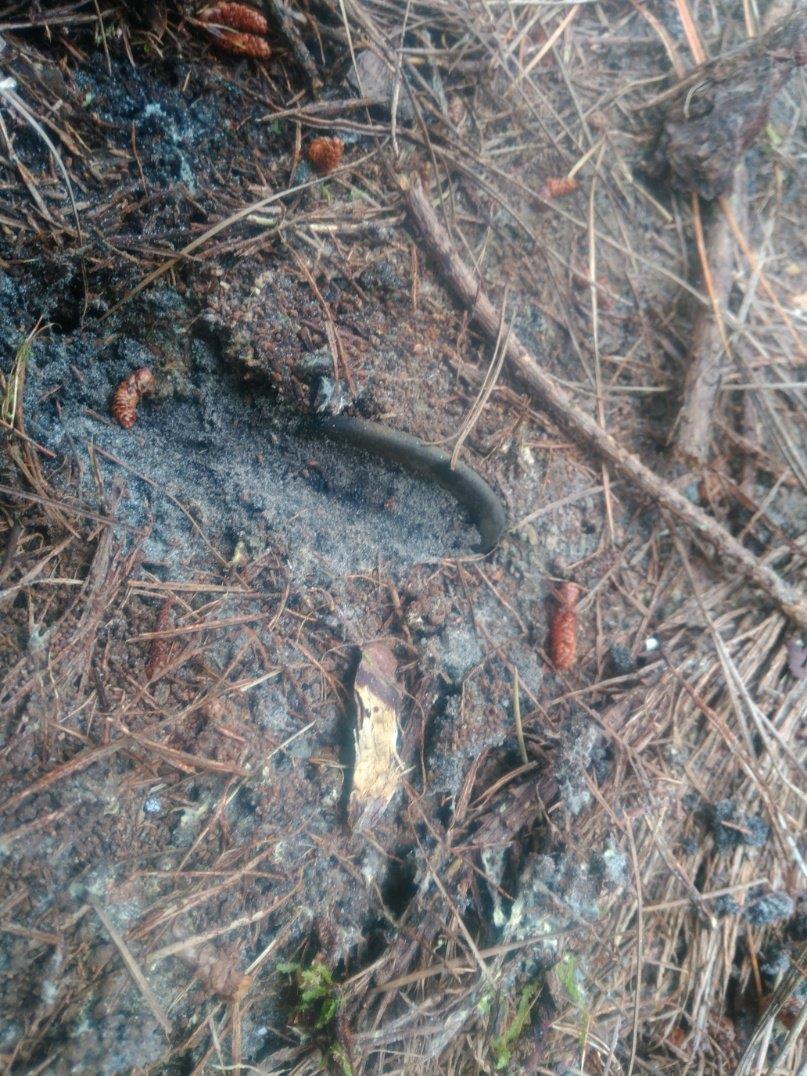
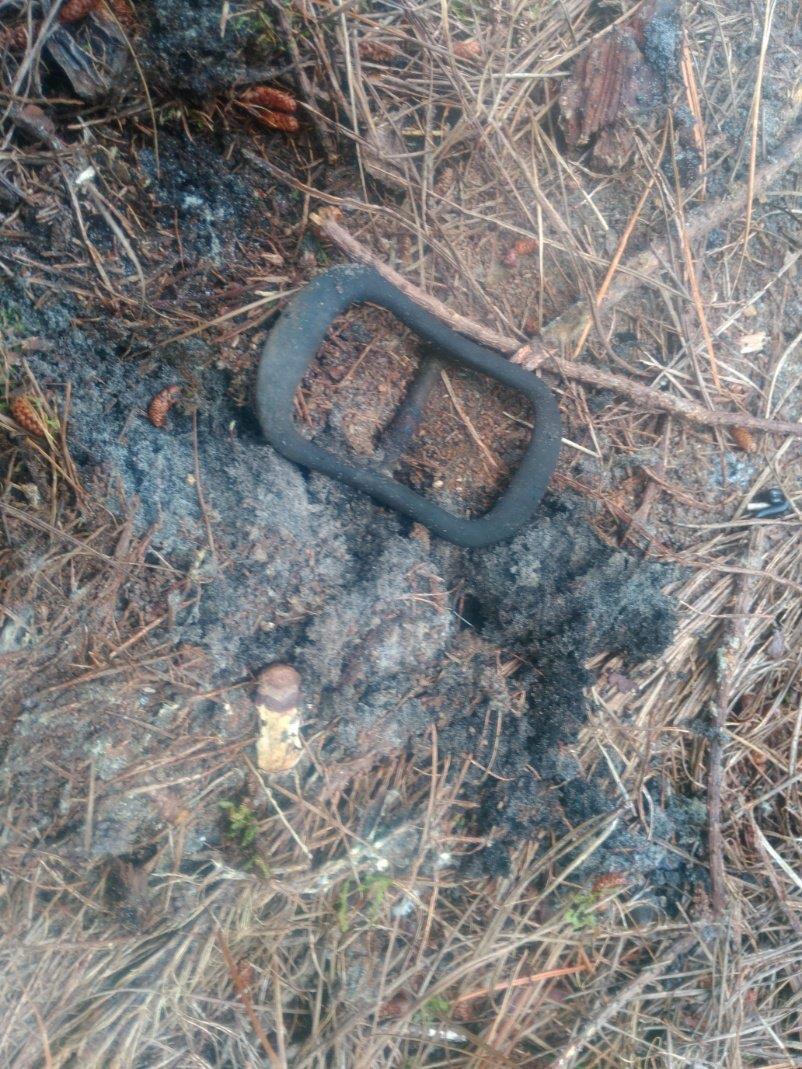
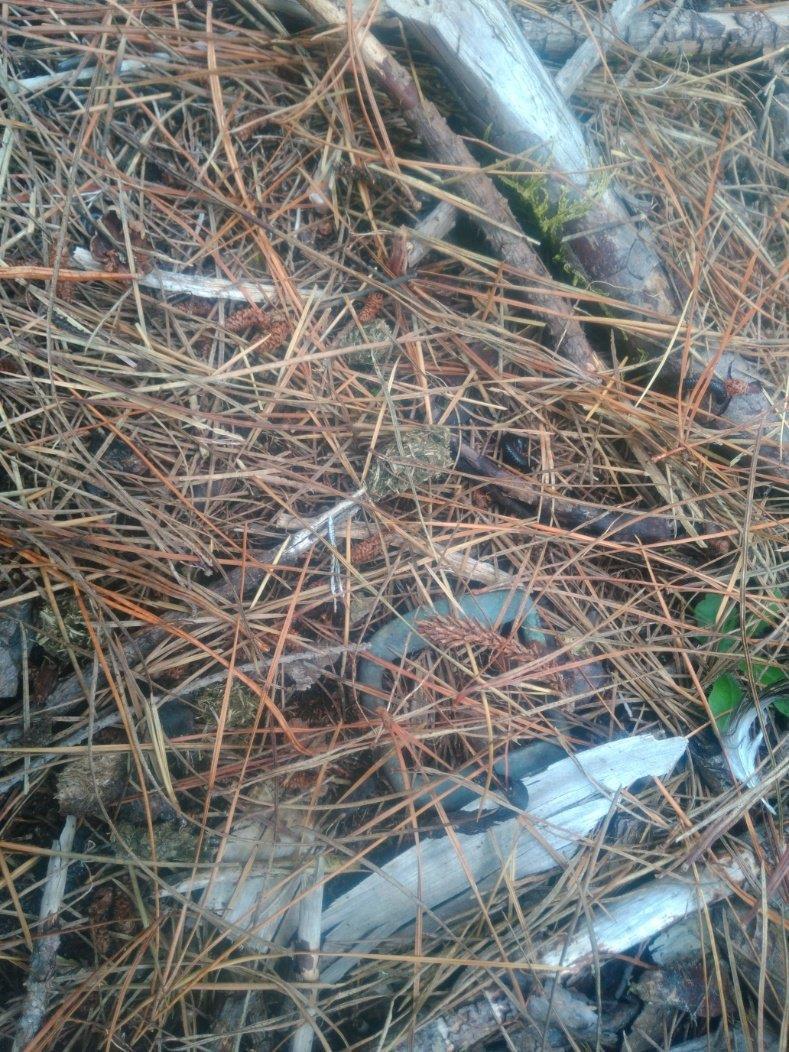
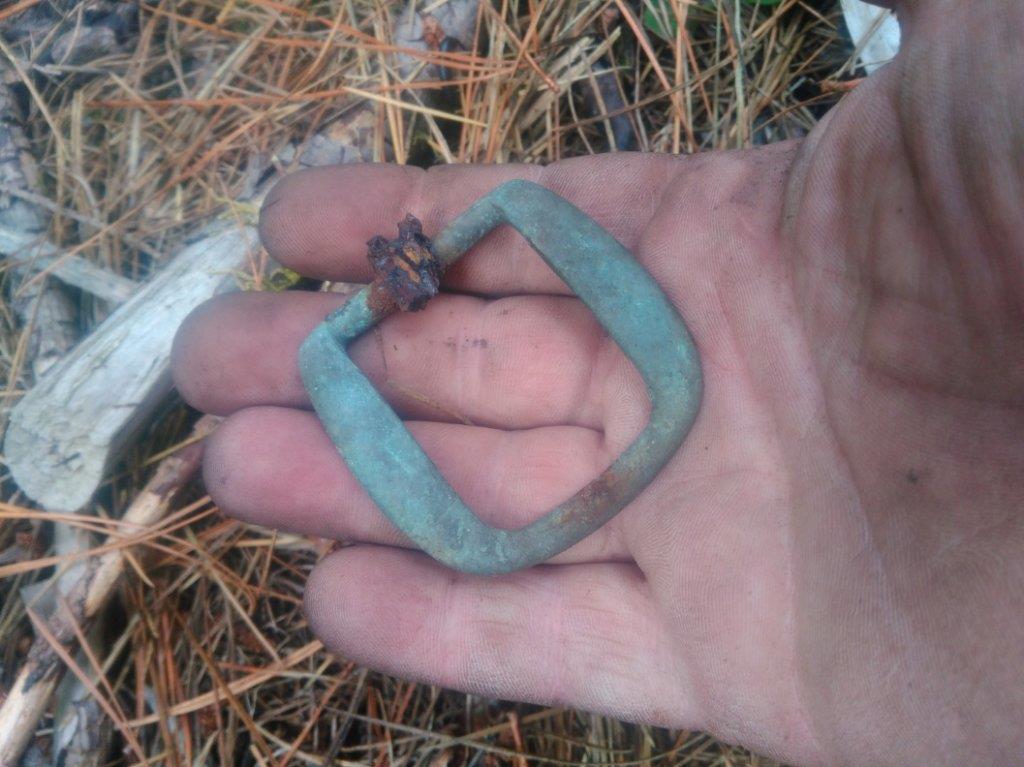
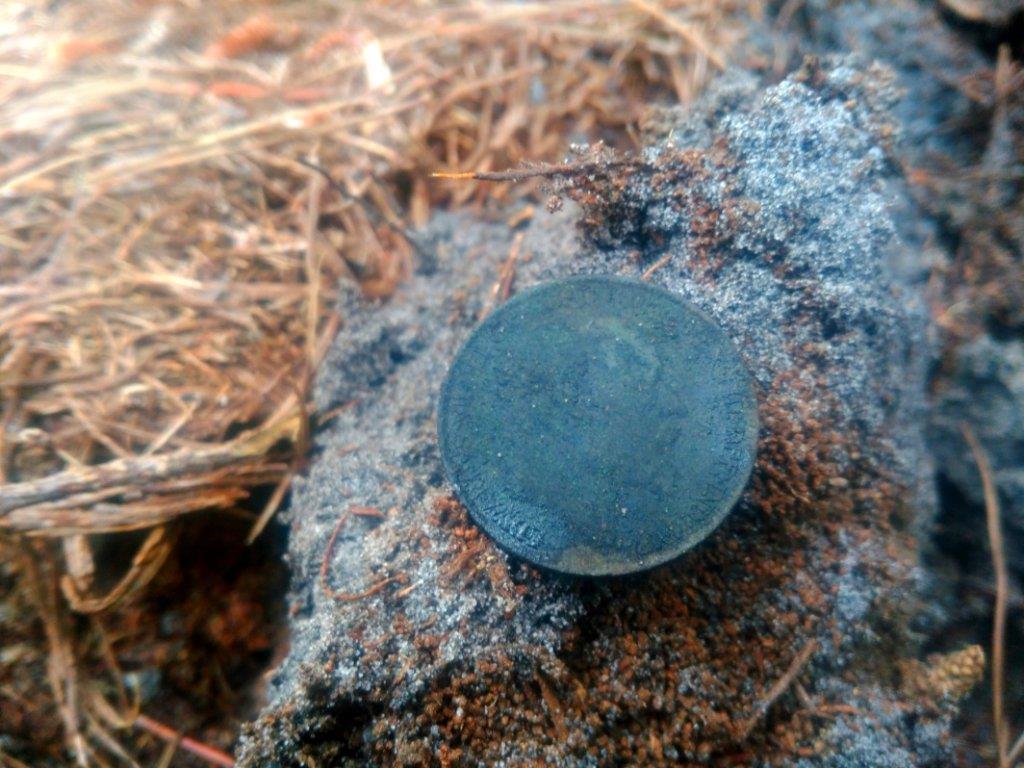
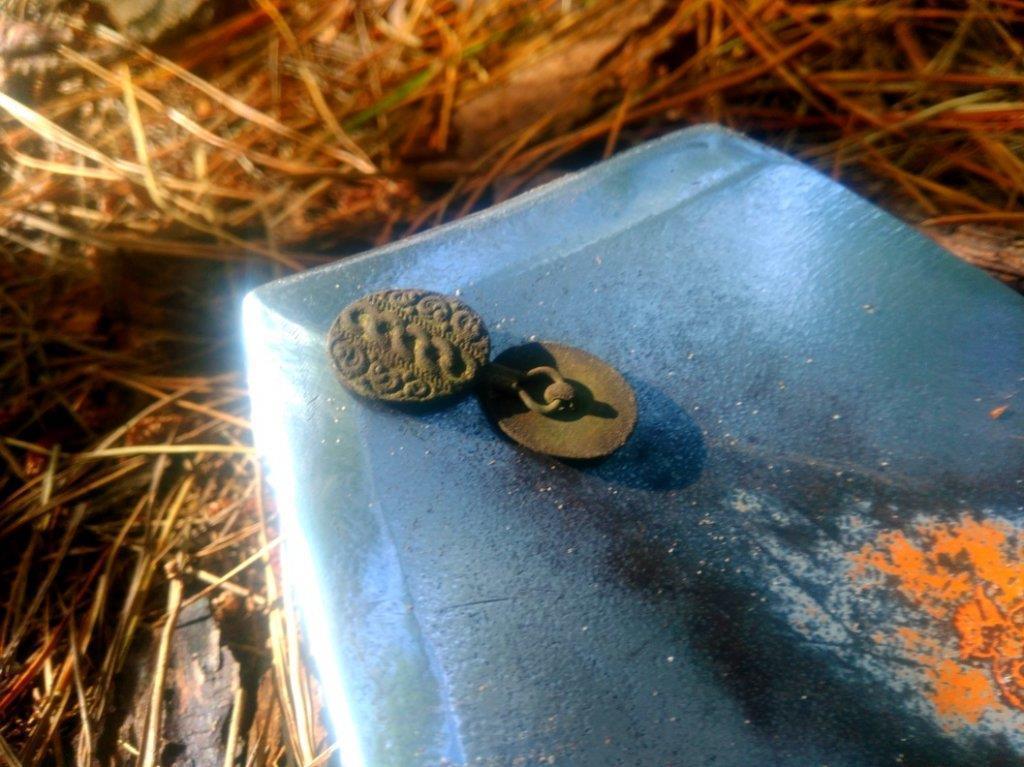
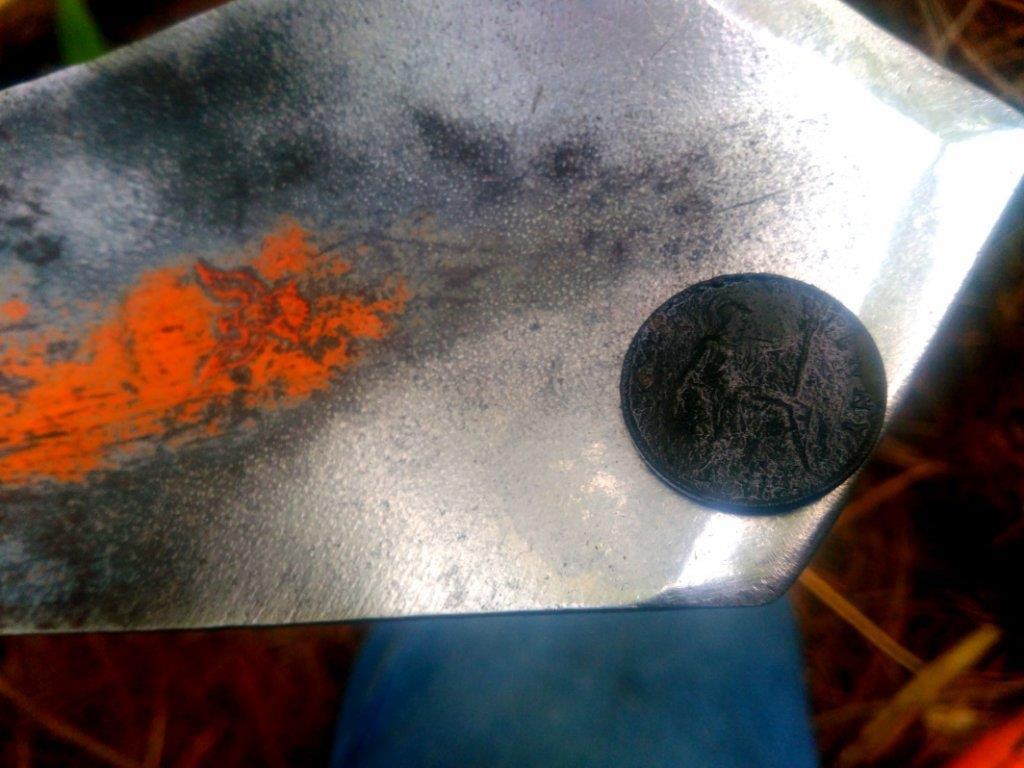
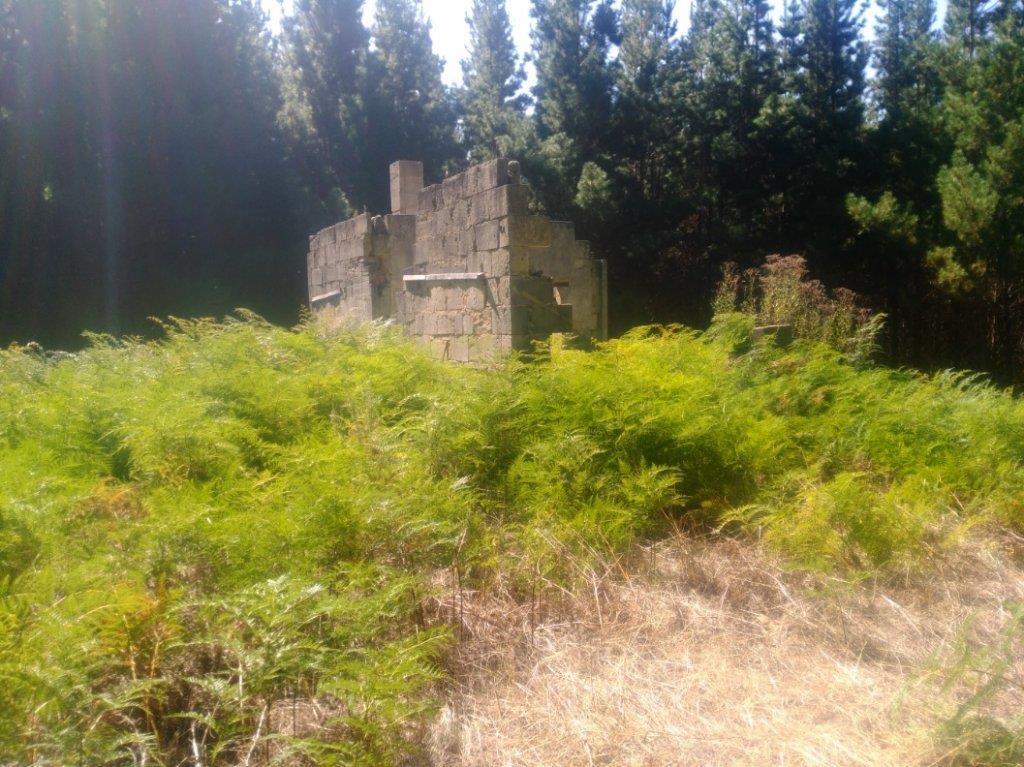
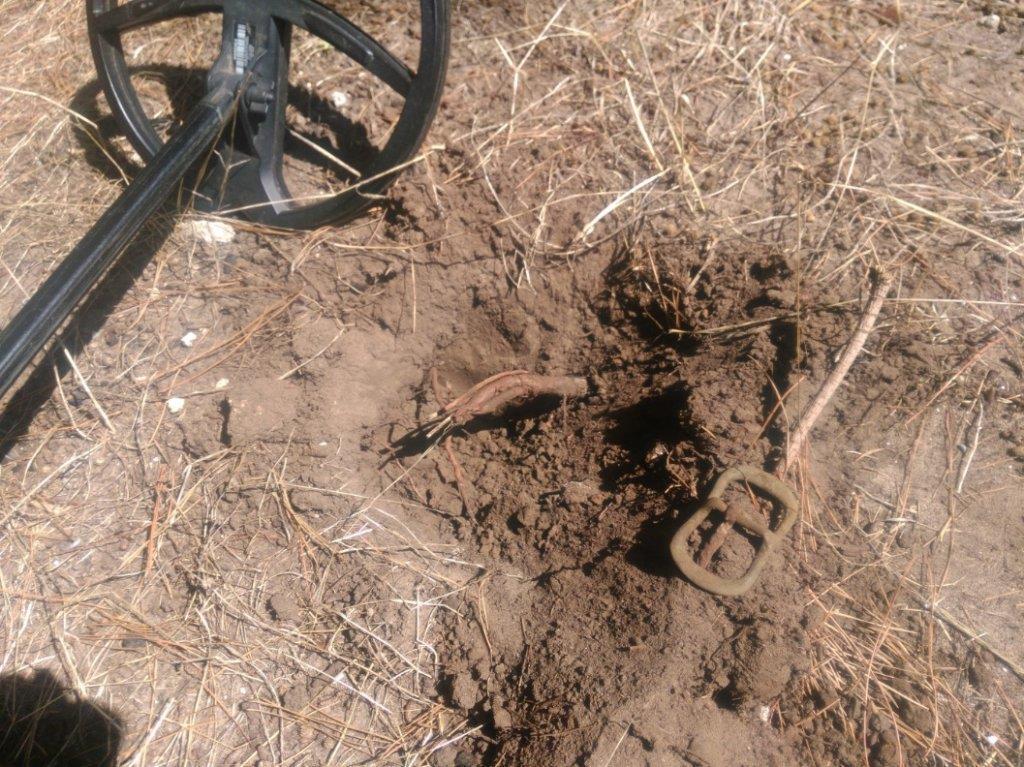
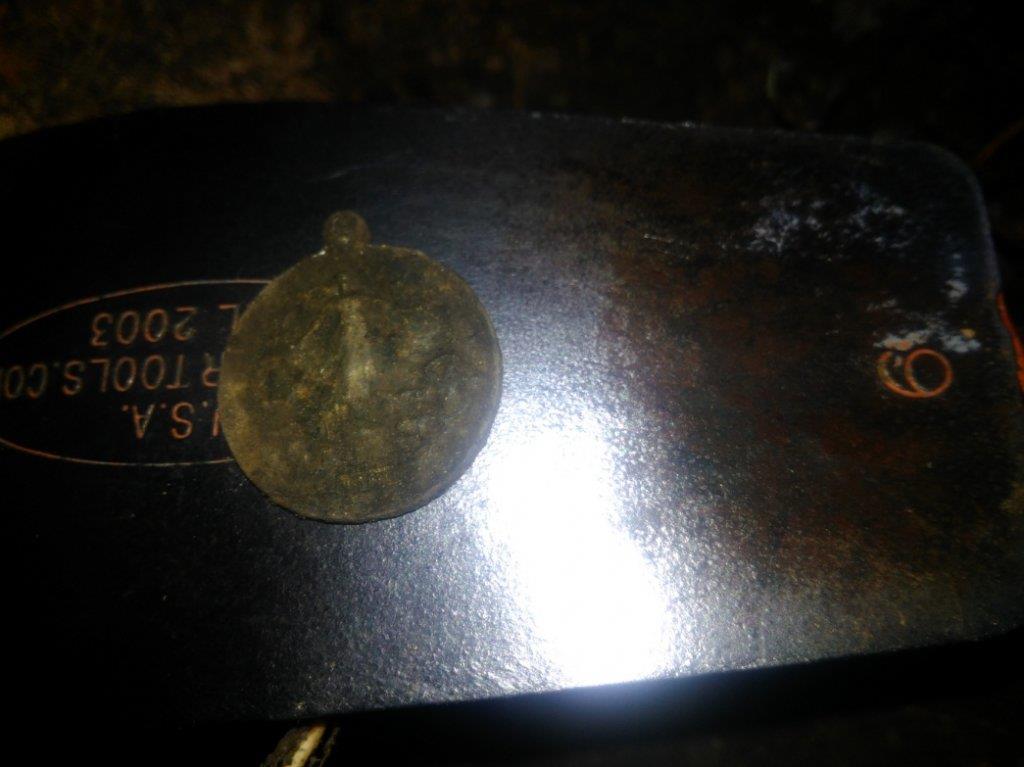
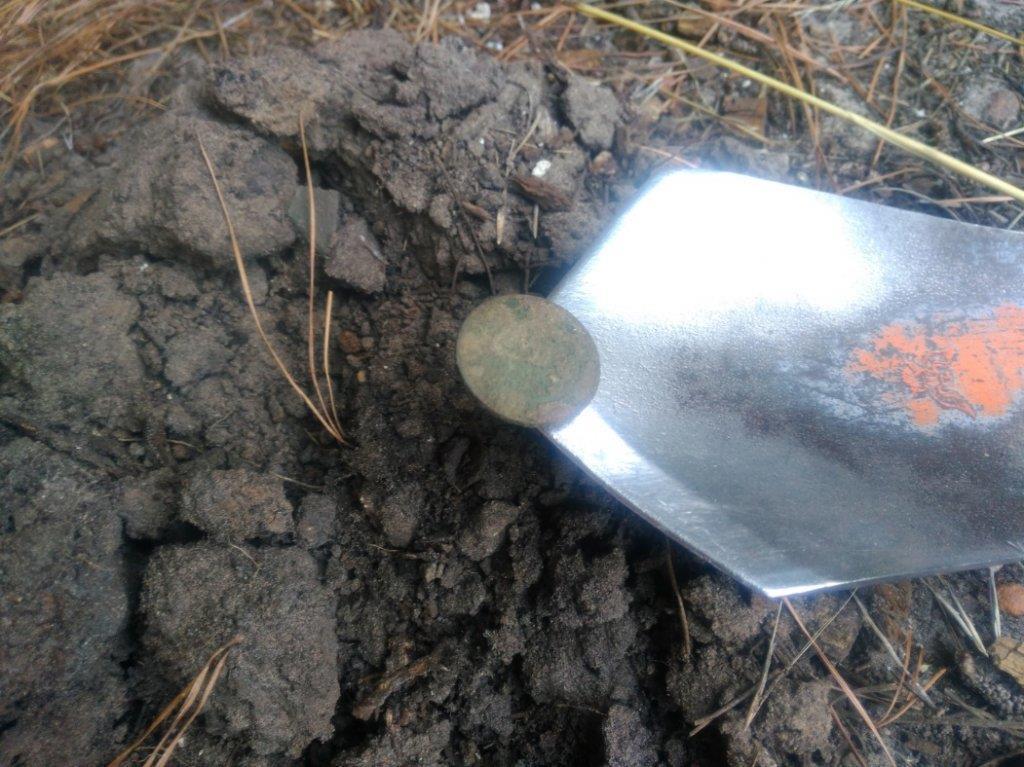
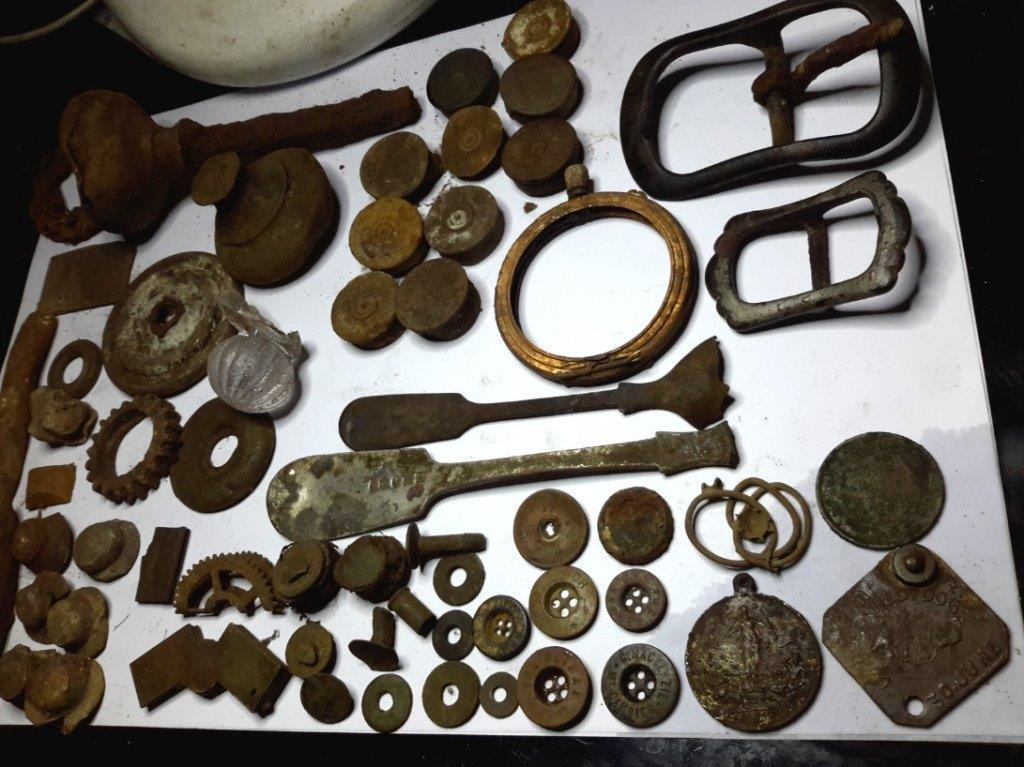
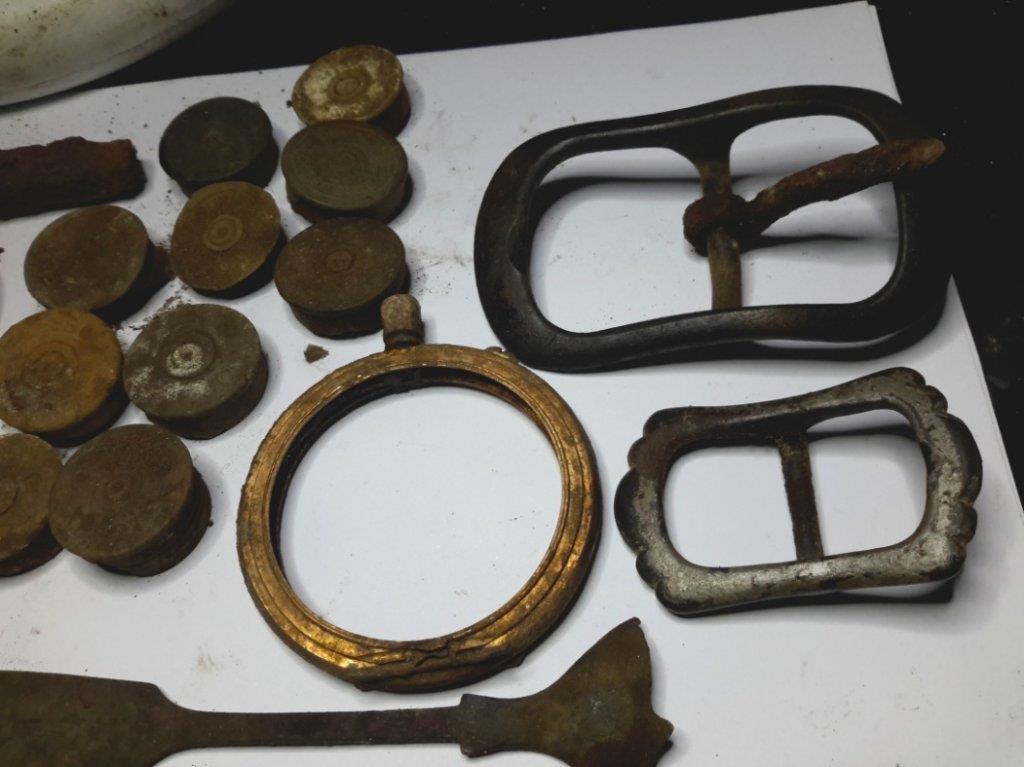
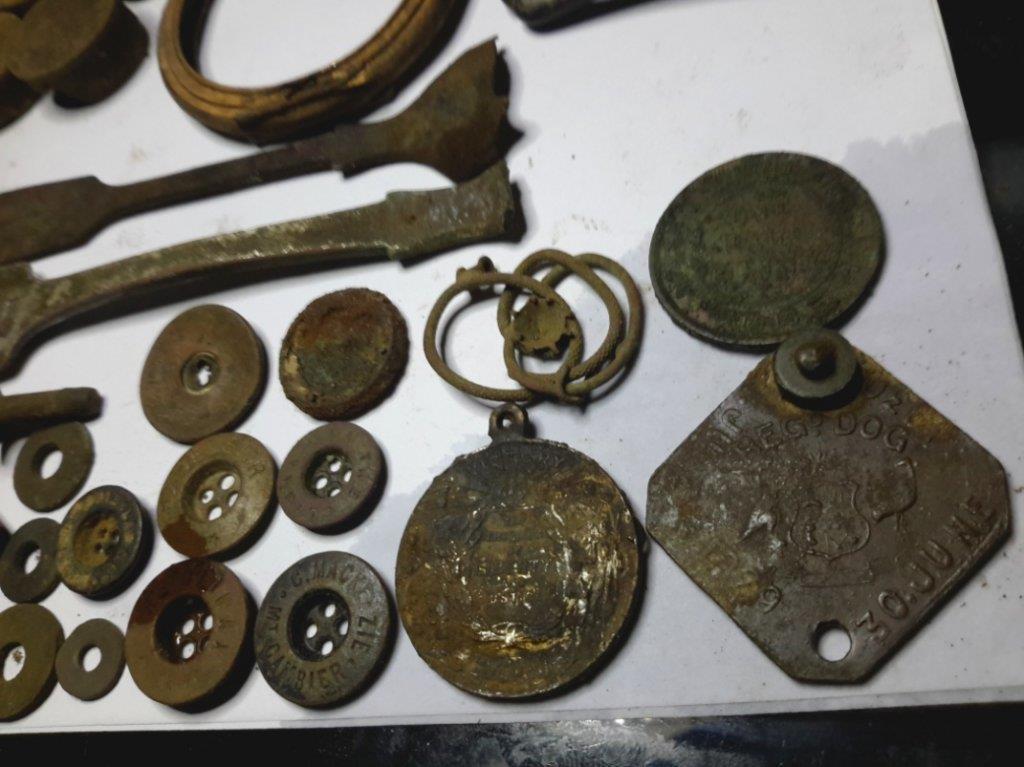
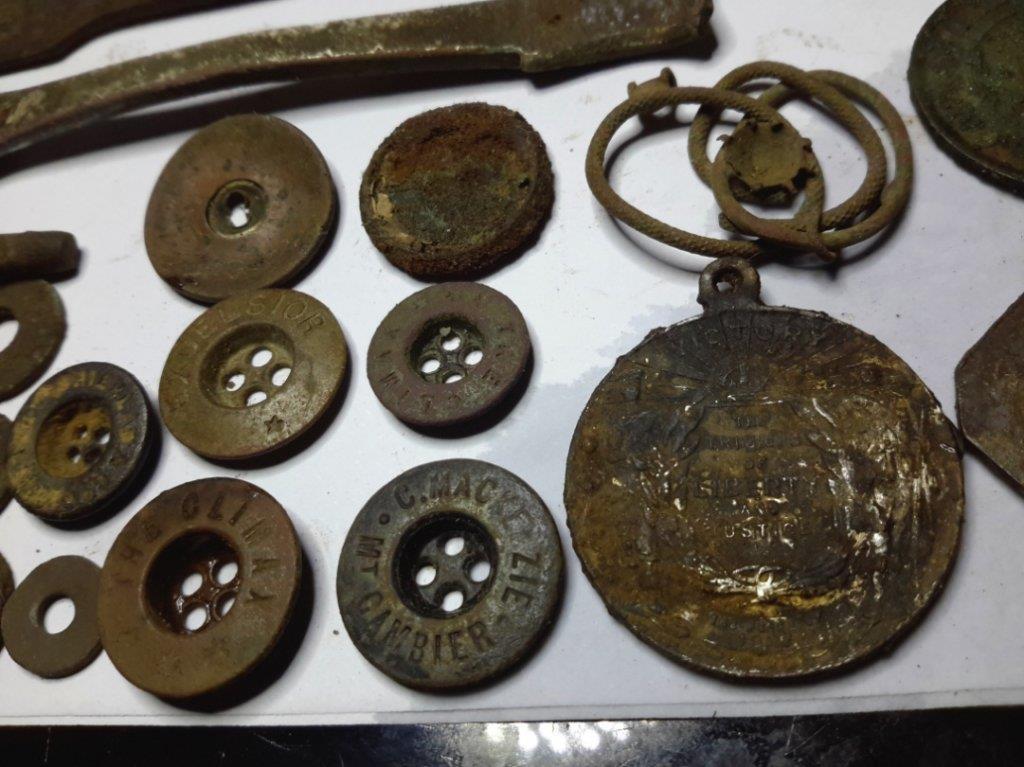
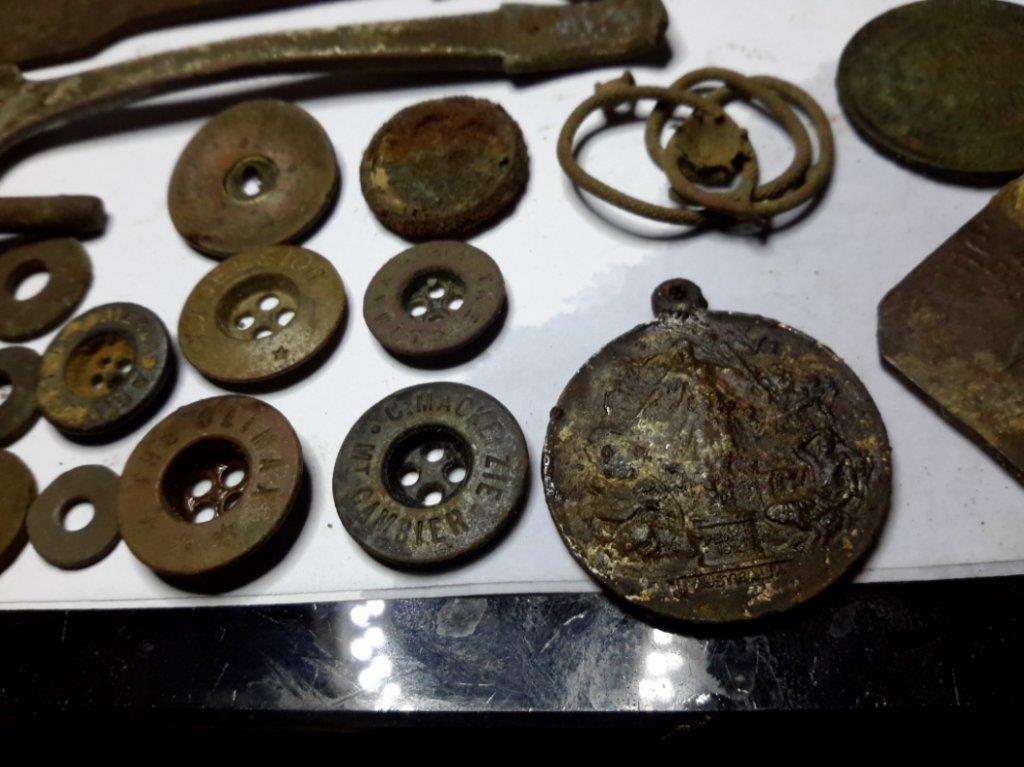
:Y:
